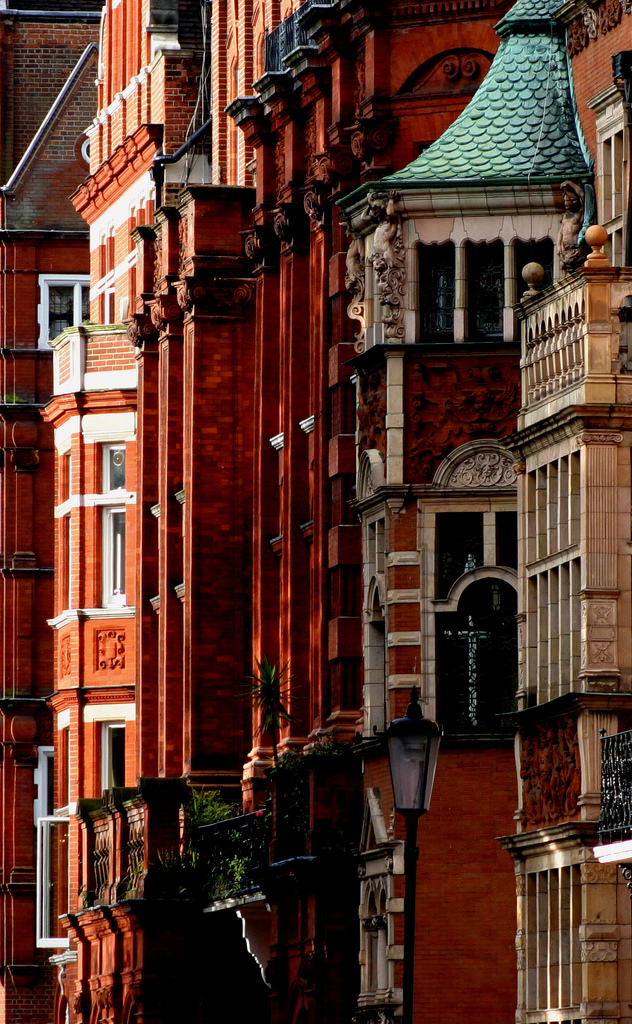Architectural Trends For Residential Homes In Modern Europe


Architectural trends in Europe for residential homes, as in the United States, North America, and other areas of the world experience periods of renaissance as new technologies are introduced and ways to improve the building process are born. The green movement of the last decade has also played a role in changing the way in which the building process is approached for residential homes, by incorporating reusable and local materials, reducing energy consumption, and making more efficient use of space. All of these changes have produced positive effects on the surrounding environment and allowed home builders to strike an important balance between the need for housing and stewardship of nature.

Here is a look at the architectural trends that are being seen in the U.K. and throughout Europe.
One of the trends that are being experienced in European residential housing is that of intentional communities. These are defined as ecovillages, communities featuring co-housing units, residential land trusts, co-ops, and communes (a throwback to the 1960s) and they represent an attempt to capture the spirit of community. Although intentional communities sound like a Woodstock-style, hippie-crazed concept of free love and music, they are gaining in popularity from the U.K. to Austria, Iceland to Spain. More than 50 such communities exist in the U.K. and throughout Europe. They are communities that range from five people to over 1,000 residents. The thought behind these types of residential communities is a move away from the large, single-lot homes that have predominated the residential home building in the past.
Along the lines of communal living, a.k.a. intentional communities, homes being built in the U.K. are getting smaller. The current move, beginning in London and throughout England and the United Kingdom, is to do away with minimum house sizes. The city of London has minimum size standards for new residential homes and lets consumers decide just how much house they need. Home sizes in England, as an example, average 85 square meters making them the smallest in Europe. Compare this size to 115 square meters in the country of Holland and 137 square meters in Denmark. The move is driven in part by a need to meet the housing crisis in the country as well as provide affordable, quality options for people looking to own their own home.
An area where European home builders lead in significant ways over their American counterparts is in the construction of low energy, low consumption residential homes. A lot of the advantage given to European builders in this area is brought on by tighter regulatory standards for sustainable living, such as standards for carbon emissions and higher energy efficiency. Another way in which European builders maintain their dominance is through a system of off-site construction that produces higher quality homes, all manufactured at a single point location with higher quality standards.
The emphasis placed on sensitivity to the environment, higher green building standards, regulations, and a cultural attitude toward conservation and economy of scale give European homes a distinct architectural quality. This quality would be hard to find in the U.S. among the land of the McMansions or starter castles unless an attitudinal change takes place to change the way homes are designed and built in America.
Byline
Charlie Butterworth is a freelance writer focusing on home improvement, construction and architecture. Charlie is always interested in new and creative ways for homeowners to express themselves and add value to their homes; toward this end he encourages homeowners to look at patio covers Houston by visiting Home Exterior Systems.
Image credit goes to Harleys & Thunderstorms.
